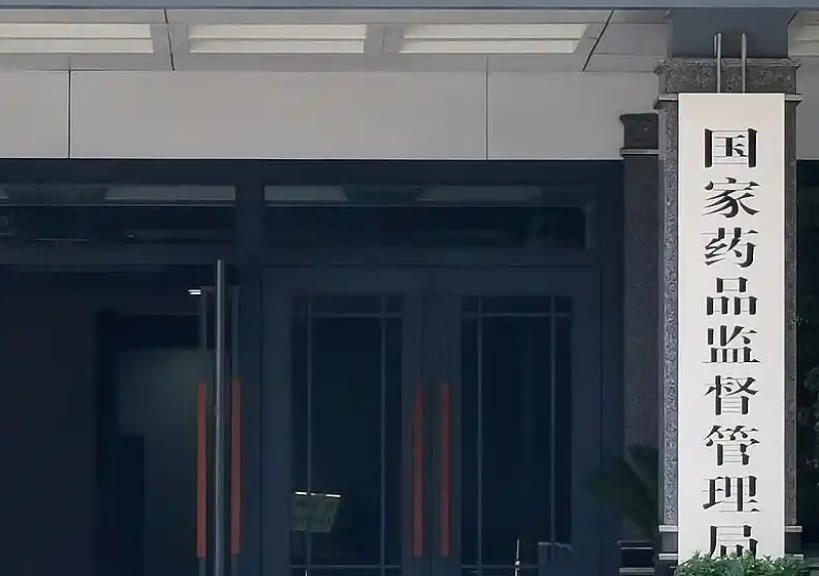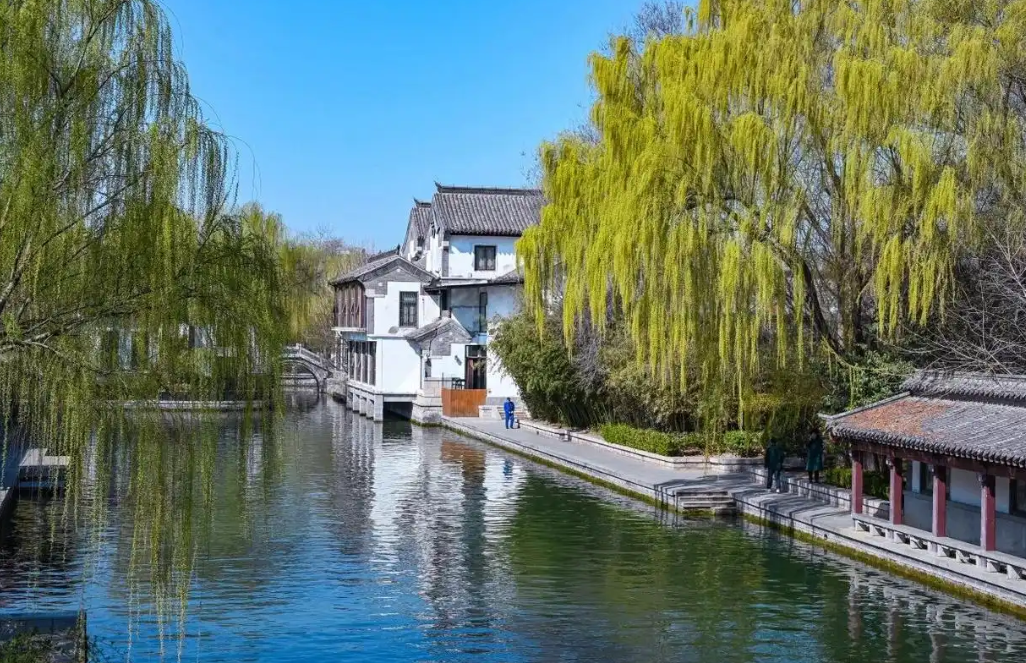陈红敏. 2009. 包含工业生产过程碳排放的产业部门隐含碳研究[J]. 中国人口?资源与环境, 19(3): 25-30.
[Chen H M. 2009. Analysis on embodied CO2 emissions including industrial process emissions[J]. China Population, Resources and Environment, 19(3): 25-30.]
陈锡康, 杨翠红, 等. 2011. 投入产出技术[M]. 北京: 科学出版社.
[Chen X K, Yang C H. et al. 2011. Input-Output technique[M]. Beijing, China: Science Press.]
丁雨莲, 赵媛. 2013. 旅游业碳源系统研究: 横向与纵向两维视角[J]. 地理科学, 33(10): 1187-1195.
[Ding Y L, Zhao Y. 2013. Carbon source system in tourism industry: from lateral and longitudinal perspective[J]. Scientia Geographica Sinica, 33(10): 1187-1195.]
秦耀辰, 荣培君, 杨群涛, 等. 2014. 城市化对碳排放影响研究进展[J]. 地理科学进展, 33(11): 1526-1534.
[Qin Y C, Rong P J, Yang Q T, et al. 2014. Research progress of impact of urbanization on carbon emissions[J]. Progress in Geography, 33(11): 1526-1534.]
计军平, 刘磊, 马晓明. 2011. 基于EIO-LCA模型的中国部门温室气体排放结构研究[J]. 北京大学学报:自然科学版, 47(4): 741-749.
[Ji J P, Liu L, Ma X M. 2011. Greenhouse gas emissions by Chinese economy: an assessment based on EIO-LCA model[J]. Acta Scientiarum Naturalium Universitatis Pekinensis, 47(4): 741-749.]
刘红光, 刘卫东, 唐志鹏, 等. 2010. 中国区域产业结构调整的CO2减排效果分析: 基于区域间投入产出表的分析[J]. 地域研究与开发, 29(3): 129-135.
[Liu H G, Liu W D, Tang Z P, et al. 2010. The effect analysis of regional industry structure adjustment for CO2 emission reduction in China: on the base of inter-regional input-output method[J]. Areal Research and Development, 29(3): 129-135.]
马仪亮. 2014. 中国旅游卫星账户2007延长表编算研究[J]. 旅游学刊, 29(1): 47-54.
[Ma Y L. 2014. Research on prolong of 2007 China tourism satellite account compilation[J]. Tourism Tribune, 29(1): 47-54.]
石培华, 吴普. 2011. 中国旅游业能源消耗与CO2排放量的初步估算[J]. 地理学报, 66(2): 235-243.
[Shi P H, Wu P. 2011. A rough estimation of energy consumption and CO2 emission in tourism sector of China[J]. Acta Geographica Sinica, 66(2): 235-243.]
唐承财, 钟林生, 成升魁. 2012. 旅游业碳排放研究进展[J]. 地理科学进展, 31(4): 451-460.
[Tang C C, Zhong L S, Cheng S K. 2012. Research progress on carbon emissions in tourism industry[J]. Progress in Geography, 31(4): 451-460.]
陶玉国, 黄震方, 吴丽敏, 等. 2014. 江苏省区域旅游业碳排放测度及其因素分解[J]. 地理学报, 69(10): 1438-1448.
[Tao Y G, Huang Z F, Wu L M, et al. 2014. Measuring carbon dioxide emissions for regional tourism and its factor decomposition: a case study of Jiangsu Province[J]. Acta Geographica Sinica, 69(10): 1438-1448.]
童抗抗, 马克明. 2012. 基于投入产出法的北京能源消耗温室气体排放清单分析[J]. 环境科学学报, 32(9): 2228-2235.
[Tong K K, Ma K M. 2012. Greenhouse gas emission inventory from energy consumption of Beijing based on input-output analysis[J]. Acta Scientiae Circumstantiae, 32(9): 2228-2235.]
谢园方, 赵媛. 2012. 长三角地区旅游业能源消耗的CO2排放测度研究[J].地理研究, 31(3): 429-438.
[Xie Y F, Zhao Y. 2012. Measuring carbon dioxide emissions from energy consumption by tourism in Yangtze River Delta[J]. Geographical Research, 31(3): 429-438.]
袁宇杰. 2013. 中国旅游间接能源消耗与碳排放的核算[J]. 旅游学刊, 28(10): 81-88.
[Yuan Y J. 2013. Tourism in China: indirect energy consumption and carbon emissions[J]. Tourism Tribune, 28(10): 81-88.]
张丽君. 2013. 城市碳基能源代谢结构分异与演变机理: 以北京市为例[D]. 开封: 河南大学.
[Zhang L J. 2013. Structure differentiation and evolution mechanism of urban carbon-based energy metabolism: a case study of Beijing City[D]. Kaifeng, China: Henan University.]
赵先超, 朱翔. 2013. 湖南省旅游业碳排放的初步估算及脱钩效应分析[J]. 世界地理研究, 22(1): 166-175.
[Zhao X C, Zhu X. 2013. A rough estimation of CO2 emission and analysis of decoupling effects in tourism sector of Hunan[J]. World Regional Studies, 22(1): 166-175]
钟永德, 李世宏, 罗芬. 2012. 我国旅游业碳排放计量的三个关键问题思考[J]. 中南林业科技大学学报, 32(11): 139-143.
[Zhong Y D, Li S H, Luo F. 2012. Thinking on three key issues of carbon emission calculation for tourism industry in China[J]. Journal of Central South University of Forestry & Technology, 32(11): 139-143.]
钟永德, 石晟屹, 李世宏, 等. 2014. 中国旅游业碳排放计量框架构建与实证研究[J]. 中国人口?资源与环境, 24(1): 78-86.
[Zhong Y D, Shi S Y, Li S H, et al. 2014. Empirical research on construction of measurement framework for tourism carbon emission in China[J]. China Population, Resources and Environment, 24(1): 78-86.]
周年兴, 黄震方, 梁艳艳. 2013. 庐山风景区碳源、碳汇的测度及均衡[J]. 生态学报, 33(13): 4134-4145.
[Zhou N X,Huang Z F,Liang Y Y. 2013. Carbon sources and storage sinks in scenic tourist areas: a Mount Lushan case study[J]. Acta Ecologica Sinica, 33(13): 4134-4145.]
朱永彬, 王铮. 2014. 中国产业结构优化路径与碳排放趋势预测[J]. 地理科学进展, 33(12): 1579-1586.
[Zhu Y B, Wang Z. 2014. Projection of China's industrial structure change and carbon emission trends[J]. Progress in Geography, 33(12): 1579-1586.]
Becken S. 2002. Analyzing international tourist flows to estimate energy use associated with air travel[J]. Journal of Sustainable Tourism, 10(2): 114-131.
Becken S, Frampton C, Simmons D. 2001. Energy consumption patterns in the accommodation sector: the New Zealand case[J]. Ecological Economics, 39(3): 371-386.
Becken S, Patterson M. 2006. Measuring national carbon dioxide emissions from tourism as a key step towards achieving sustainable tourism[J]. Journal of Sustainable Tourism, 14(4): 323-338.
Bjorn A, Declercq-Lopez L, Spatari S, et al. 2005. Decision support for sustainable development using a Canadian economic input-output life cycle assessment model[J]. Canadian Journal of Civil Engineering, 32(1): 16-29.
Blackhurst B M, Hendrickson C, Vidal J S. 2010. Direct and indirect water withdrawals for US industrial sectors[J]. Environmental Science & Technology, 44(6): 2126-2130.
LCA模型的城市旅游业碳排放核算研究
导读 : 陈红敏. 2009. 包含工业生产过程碳排放的产业部门隐含碳研究[J]. 中国人口?资源与环境, 19(3): 25-30. [Chen H M. 2009. Analysis on embodied CO2 emissions including industrial process emissions[J]. China Population,...
本站所收集的资源来源于互联网公开资料,转载的目的在于传递更多信息及用于网络分享,并不代表本站赞同其观点和对其真实性负责,也不构成任何其他建议。本站部分作品是由网友自主投稿和发布,本站仅为交流平台,不为其版权负责。







